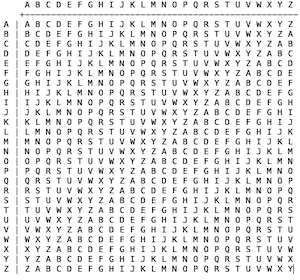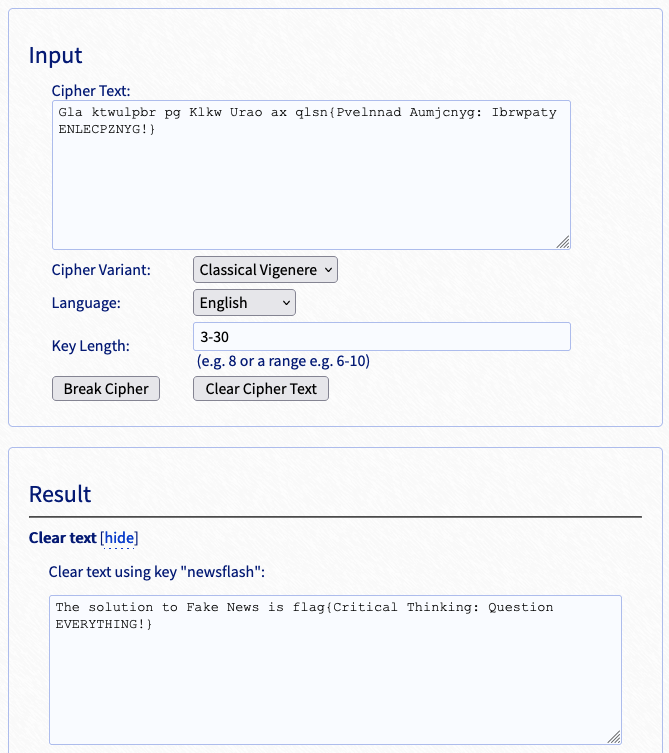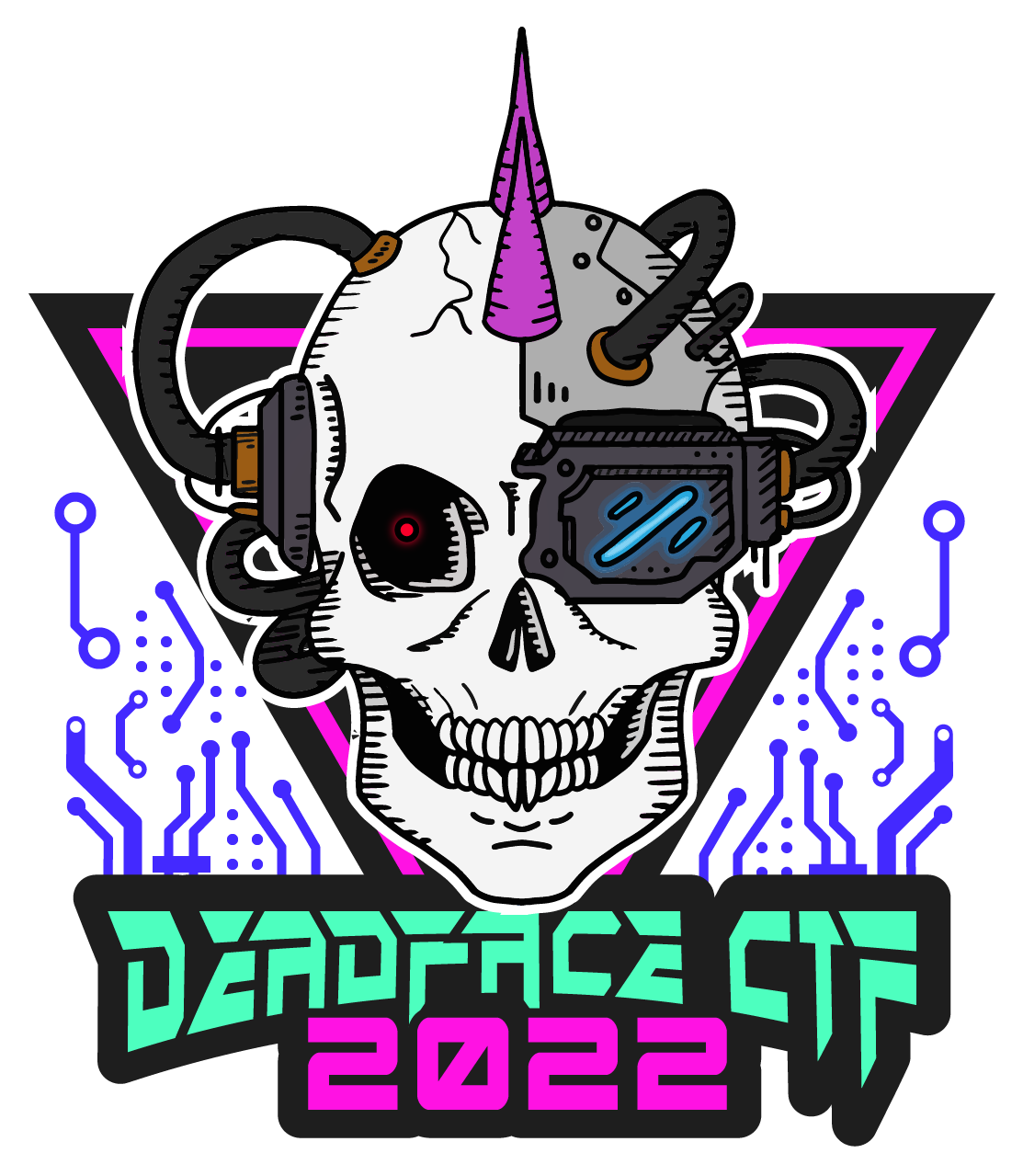Two Dead Boys
Challenge:
Good evening, this is a NEWSFLASH from Quick News Network (QNN)… I'm Crime News Reporter Frank Viginere.
Ladies and gentleman skinny and scout I'll tell you a tale I know nothing about The admission is free so pay at the door Now pull out a chair and sit on the floor
On one bright day in the middle of the night Two dead boys got up to fight Back to back they faced each other Drew their swords and shot each other
The blind man came to see fair play The mute man came to shout hooray The deaf policeman heard the noise And came to stop those two dead boys
He lived on the corner in the middle of the block In a two story house on a vacant lot A man with no legs came walking by And kicked the lawman in his thigh
He crashed through a wall without making a sound Into a dry creek bed and suddenly drowned A long black hearse came to cart him away But he ran for his life and is still gone today
I watched from the corner of the table The only eyewitness to facts of my fable If you doubt my lies are true Just ask the blind man, he saw it too
Gla ktwulpbr pg Klkw Urao ax qlsn{Pvelnnad Aumjcnyg: Ibrwpaty ENLECPZNYG!}
Submit the flag as
flag{flag text}
Solution:
The reporter's name in the challenge description, Frank Viginere, was a solid tip-off that the Vigenère cipher was most likely involved in the generation of the provided ciphertext.

- The Vigenère cipher is a polyalphabetic substitution cipher; essentially 26 Caesar ciphers. From the Wikipedia article:
-
In a Caesar cipher, each letter of the alphabet is shifted along some number of places. For example, in a Caesar cipher of shift 3, a would become D, b would become E, y would become B and so on. The Vigenère cipher has several Caesar ciphers in sequence with different shift values.
To encrypt, a table of alphabets can be used, termed a tabula recta, Vigenère square or Vigenère table. It has the alphabet written out 26 times in different rows, each alphabet shifted cyclically to the left compared to the previous alphabet, corresponding to the 26 possible Caesar ciphers. At different points in the encryption process, the cipher uses a different alphabet from one of the rows. The alphabet used at each point depends on a repeating keyword.
There are a number of online tools that will perform brute-force analysis to determine the key:
Using one of the online resources will discover the key is NEWSFLASH (we completely missed the obvious clue in the challenge description where the key was provided in all caps…)

The accepted flag was: flag{Critical Thinking: Question EVERYTHING!}

Leave a comment